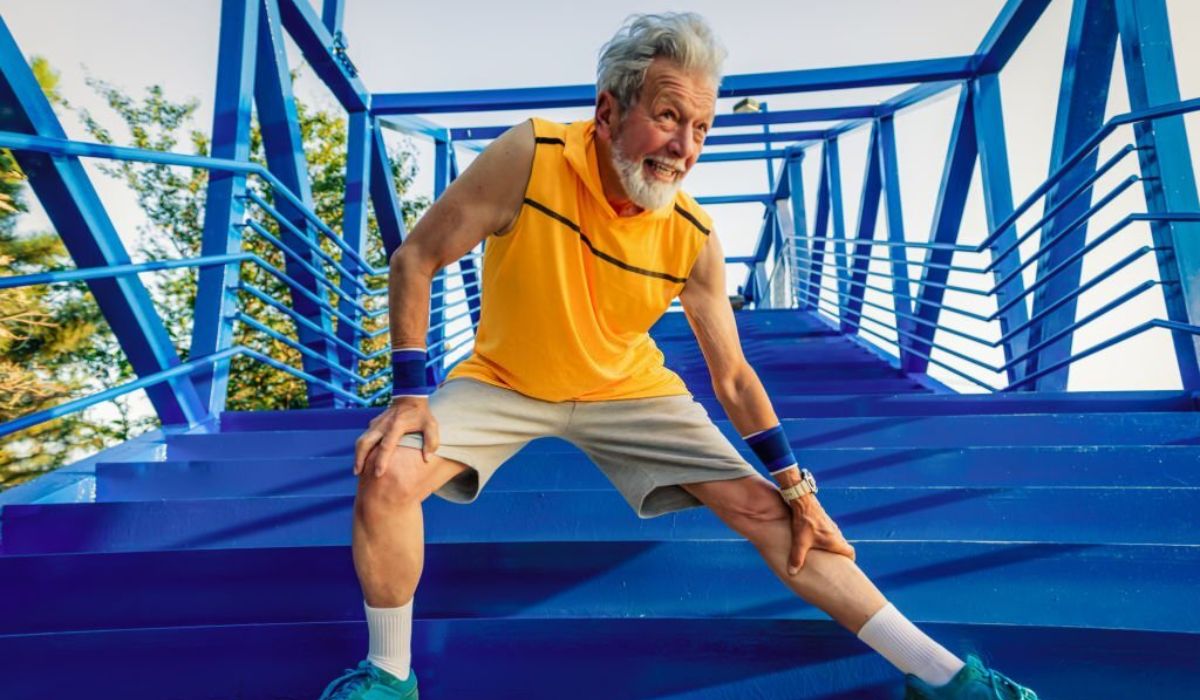Senior people participating in sports may seem dangerous at first look. But are they as dangerous as it seems? What is the real impact of sports especially high-impact sports on elderly sports persons, particularly athletes? What is the actual contribution of such participation to the Bone Mineral Density of these athletes, which is a major indicator of the quality of their bones? Let us figure from this article, written exclusively with the intention to give you comprehensive knowledge regarding the same, by analyzing some of the scientific studies that happened behind the topic.
The Scientific Studies About Senior Athlete’s Bone Health

It has already been found that the Bone Mineral Density (BMD) increases in young athletes when they participate in high-impact sports activities. However, the impact of the same on senior athletes has always been a matter of uncertainty. In such a scenario, a study has been conducted in order to expose the truths and thus arrive at a solid conclusion. For this, an eve of the Senior Olympic Games has been taken and from there, a total of 560 senior athletes were invited to be part of this study.
There were athletes who were participating in low-impact sports activities and those who were in high-impact ones. Finally, the study proved that the athletes who were participating in high-impact sports activities had more Bone Mineral Density (BMD) than the ones who were continuously in low-impact activities. The study also proved that there is no discrimination between genders in the conclusion of the study since the study results were similar while considering the male and female senior athletes.
The doctors, academicians, and researchers who were a part of this scientific study also opined that people may engage in high-impact sports activities even if they think they are too old for such physically demanding activities. Bone health maintenance can be effectively done through such activities that would eventually contribute to the Bone Mineral Density in the individuals.
If you are wondering about the statistical data and the other methodological details of the study, here is all. The athletes who were willing to be a part of the study were divided into two groups one group was into low-impact sports activities such as swimming, cycling, and so on. Whereas, the other group contained athletes who were constantly engaging in high-impact sports activities such as road races and basketball. The average age of the senior athletes who took part in the study was 65.9.
The average of their Body Mass Index (BMI) can be found out as 25. Among the 569 athletes, 53% were women. Those who were into high-intensity sports activities form 48% of the total participants of the study. These participants were made to engage in their daily ritualistic practice sessions and then they were made to undergo a medical procedure known as Calcaneal Quantitative Ultrasound, where their Bone Mineral Density (BMD) could be determined.
There are also some other interesting findings that were revealed as a part of this particular study. Considering the common population, these senior athletes who were constantly engaging in high-impact sports activities were found to be less vulnerable to orthopedic diseases such as Osteopenia and Osteoporosis. Even the elder women athletes who were in their 80s were able to maintain the Bone Mineral Density (BMD) just like normal human beings.
Conclusion
It is quite common that we discourage people from engaging in high-impact sports activities while they age. But this particular study could prove that being part of such activities can in fact do you good by enhancing your Bone Mineral Density (BMD) and also by preventing diseases that may catch you in the latter stages of life. Bone Mineral Density (BMD) tends to be lost from human bodies once they hit the age of 25 at the rate of 1% every year.
But this rate of loss is way lesser in the senior athletes who spend their time productively in high-impact sports activities. In such athletes, the ability to absorb calcium through food also does not decline with age, which is again a beneficial thing earned through their regular participation in high-impact sports activities. It is also important to note that even a great bodily change like menopause cannot destroy the Bone Mineral Density (BMD) in women who are senior athletes.
Read More: Nutrition For Aging Athletes: Mastering The Game Of Aging